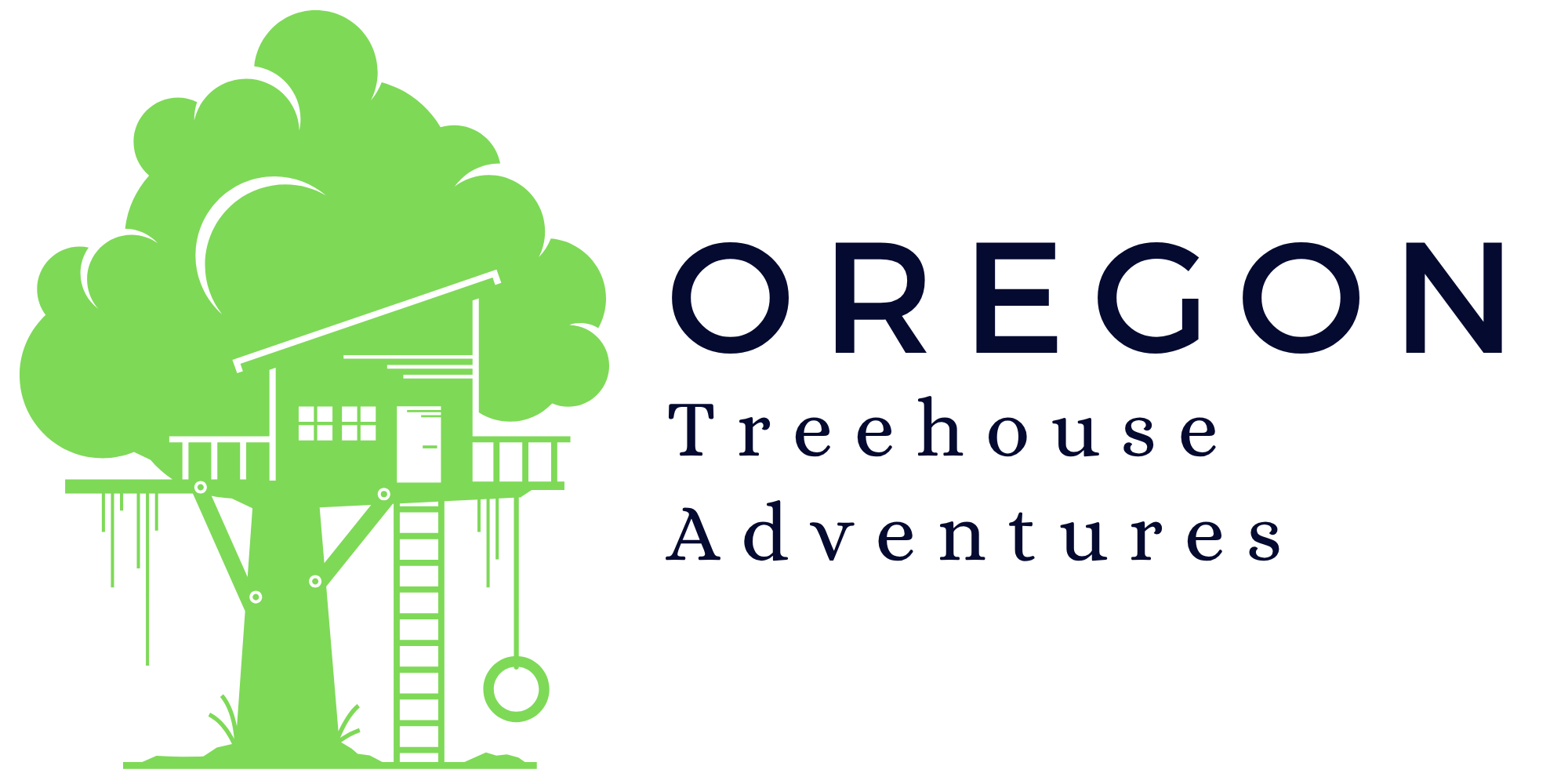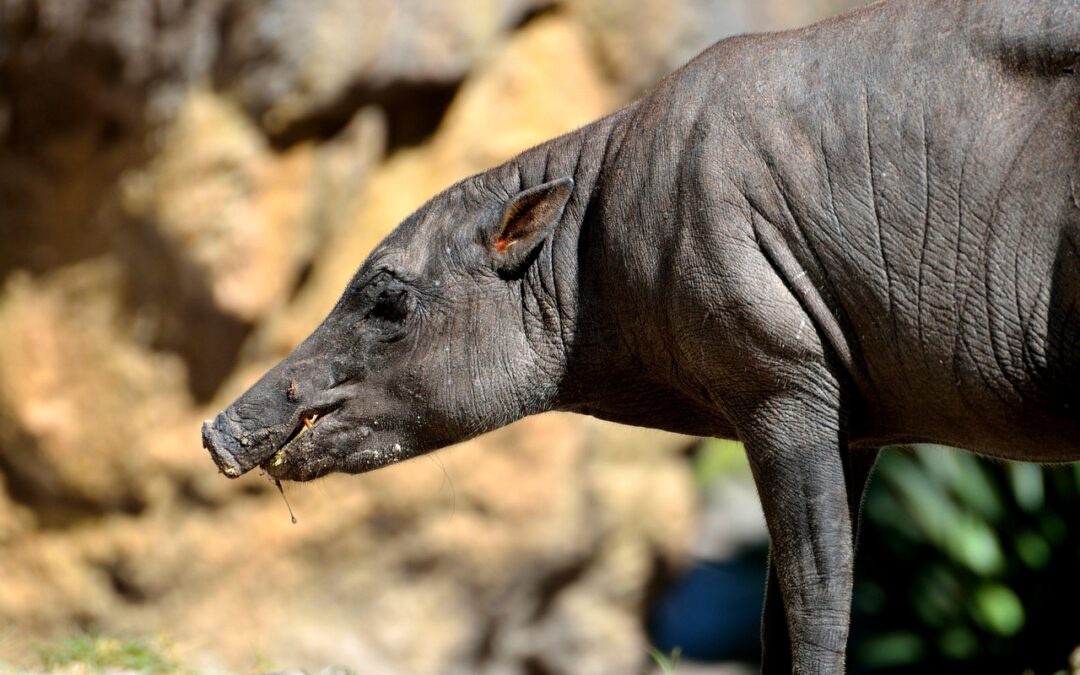Why Cave Junction, OR 97523 for Rare wildflowers in Oregon and Press Release?
Why don’t more people offer Rare wildflowers in Oregon?
Okay, let’s break this down and reassemble it into a more instructional and coherent piece. The key is to clearly link the concept of rare wildflowers to the importance of communication (specifically, press releases) in their conservation.
Here’s a more instructional version:
Understanding Rare Wildflowers: Why Some Species Are At Risk
A wildflower becomes rare for several reasons:
- Limited Habitat: It only grows naturally in a very specific, often unique, geographical location.
- Specific Conditions: It requires highly specialized environmental conditions to survive, such as a particular type of soil, a certain amount of sunlight, or a narrow temperature range.
- Human Impact & Climate Change: Its natural home is being threatened or destroyed by human activities (like development or pollution) or by changes in climate patterns.
Protecting Oregon’s Natural Heritage: The Role of Communication
Every step, from the delicate petals of a wildflower clinging to life in a secluded valley to the strategic release of information, plays a vital role in protecting Oregon’s natural heritage. This is where effective communication becomes crucial.
When important news about these wildflowers emerges – perhaps a new scientific discovery, a breakthrough in conservation, or an announcement of a public event – it’s essential to share this information widely. A powerful tool designed for this purpose is called a press release.
What is a Press Release and Why is it Important for Wildflower Conservation?
A press release is an official statement distributed to news media to announce something newsworthy. In the context of wildflower conservation, a press release serves several critical functions:
- Announcing Scientific Studies: Informing the public and scientific community about new research that sheds light on rare species, their habitats, or threats.
- Celebrating Conservation Successes: Highlighting successful projects, such as the restoration of a rare plant’s habitat or the establishment of a protected area, to inspire further action and support.
- Inviting Public Engagement: Promoting events, volunteer opportunities, or educational programs designed to raise awareness and involve the community in plant protection efforts.
- Raising Awareness: Drawing attention to the plight of endangered wildflowers and the importance of their preservation.
- Mobilizing Support: Encouraging donations, policy changes, or community involvement needed for ongoing conservation initiatives.
By effectively communicating these stories through press releases, we can build a broader understanding and generate the support necessary to protect Oregon’s unique and precious wildflower world for future generations.
Key Changes Made and Why:
- Clear Headings: Breaks the text into logical, digestible sections.
- Bulleted List for Rarity: Makes the reasons for rarity easy to read and understand.
- Stronger Transition: Creates a clear link between the rarity of wildflowers and the need for communication (the press release). The old “In essence…” sentence was very disjointed.
- Defined “Press Release”: Clearly states what it is immediately after introducing it.
- Bullet Points for Importance: Explains why a press release is important for wildflowers, providing specific examples that were previously scattered.
- Instructional Tone: Uses phrases like “Understanding…”, “The Role of…”, “What is… and Why is it Important?” to guide the reader.
- Removed Redundancy: Streamlined phrases and removed repetition.
- Improved Flow: The information progresses logically from problem (rarity) to solution (conservation efforts including communication) to the specific tool (press release) and its functions.
Unlocking Oregon’s Secret Gardens: A Look at Rare Wildflowers and How We Share Their Stories
Quick Peek! Just the Highlights!
This article dives into the amazing world of rare wildflowers found in Oregon. You’ll learn why they’re special, how places like Cave Junction help protect them, and what a “press release” is and how it helps share important news about these plants. We’ll also answer some common questions you might have!
Journey into Oregon’s Hidden Floral Wonders!
Imagine walking through a beautiful forest or a sunny meadow in Oregon. You might see all sorts of colorful flowers blooming. But did you know that some of these flowers are super rare? They’re like hidden treasures, only found in very special places. These rare wildflowers are not just pretty to look at; they are a vital part of nature’s big puzzle. Losing even one type of plant can affect many other living things, from tiny insects to big animals. Let’s explore why these plants are so important and how people work hard to protect them.
Oregon’s Rare Wildflowers: Nature’s Hidden Gems
Oregon is a state with incredible natural beauty, from towering mountains to the vast Pacific Ocean. This diverse landscape also hides many unique plants, some of which are very rare. “Rare” means there aren’t many of them left, or they only grow in a few specific spots in the whole world. Think of them as VIPs (Very Important Plants) of the plant kingdom!
Why Are They So Special?
Wildflowers can become rare for many reasons:
- Picky Eaters: Some plants need very specific soil types, a certain amount of sun, or just the right amount of water. If these exact conditions aren’t met, they can’t grow anywhere else.
- Small Homes: Many rare wildflowers only grow in a tiny area, sometimes just one valley or one mountainside. If that small “home” is disturbed, the entire plant species could be in trouble.
- Habitat Loss: This is a big one. When forests are cut down, or land is built on for houses and roads, these plants lose their homes.
- Climate Change: Changes in weather patterns can also make it harder for plants that are used to very specific temperatures or rainfall.
Where Do These Treasures Grow? (Hint: Cave Junction!)
One area in Oregon known for its incredible plant diversity, including many rare species, is the southwest part of the state. Places near the Siskiyou Mountains are like natural botanical gardens! For instance, if you were to visit the beautiful region around Cave Junction, OR 97523, you would be in an area rich with unique plants. This part of Oregon has a special mix of geology and climate that allows rare and unusual plants to thrive. People who work in conservation often focus their efforts here to study and protect these fragile treasures.
What’s a “Press Release” Anyway?
So, what happens when someone discovers a new rare wildflower, or when a group of scientists and conservationists want to share important news about protecting these plants? They often send out a “press release.”
Sharing Big News
Think of a press release as an official announcement, like a news report written by the people who have the news! It’s usually a short, clear message sent to newspapers, TV stations, radio stations, and online news sites. The goal is to get their attention so they’ll share the news with their readers, viewers, or listeners.
For example, a press release about wildflowers might announce:
- The discovery of a wildflower species thought to be extinct.
- A new program to protect a rare plant’s habitat.
- An event where people can learn about local rare plants.
- The success of efforts to bring back a struggling plant population.
It’s a powerful tool to get important information out to lots of people quickly, helping to raise awareness and encourage support for protecting Oregon’s natural wonders.
Your Wildflower Questions Answered!
Q: What makes a wildflower rare?
A: A wildflower becomes rare if it only grows in a very specific place, needs certain conditions to survive (like a special type of soil), or if its natural home is being destroyed by human activity or changes in climate. When there are very few of them left, they are considered rare.
Q: Why should we care about protecting these plants?
A: Rare wildflowers are important for many reasons! They are part of the amazing variety of life on Earth (called “biodiversity”). Each plant plays a role in its ecosystem – providing food for insects, helping the soil, and even offering clues for new medicines. Losing a plant means losing a piece of nature’s puzzle forever.
Q: How can I help protect rare wildflowers?
A: You can help in simple ways! First, never pick wildflowers, especially if you don’t know what they are. Many rare plants can’t handle being picked. Second, stay on marked trails when you’re in nature to avoid accidentally stepping on delicate plants. Third, learn about local conservation efforts and support groups that work to protect these precious plants.
Q: When would a press release be used for wildflowers?
A: A press release would be used anytime there’s big, important news about wildflowers that needs to reach a lot of people! This could be to announce a new scientific study, celebrate a successful conservation project (like saving a rare plant’s habitat), or invite the public to an event about plant protection. It’s how organizations tell the world, “Hey, listen up! This is important!”
Bringing It All Together: A Grand Tour of Oregon’s Wildflower World
We’ve taken a journey into the exciting world of Oregon’s rare wildflowers, uncovering their unique beauty and understanding why they are so precious. These botanical treasures are not just beautiful; they are critical parts of our natural world, often surviving only in specific, fragile habitats. Whether it’s their need for special soil, their tiny native ranges, or the challenges posed by habitat loss and climate change, many factors contribute to their rarity.
Areas like the beautiful region around Cave Junction, OR 97523, are vital hotspots where these rare plants can still be found and where dedicated efforts are made to protect them. These places remind us that we share our planet with incredible living things that need our care and attention.
When important news about these wildflowers emerges – perhaps a new discovery or a breakthrough in conservation – a powerful tool called a “press release” steps in. This official announcement helps spread the word far and wide, letting newspapers, TV stations, and online news sites share the exciting or crucial information with a much larger audience. It’s how scientists, environmental groups, and government agencies can tell everyone about their efforts to save these special plants, rallying public support and awareness.
In essence, from the delicate petals of a wildflower clinging to life in a secluded valley to the strategic release of an official announcement, every step plays a part in protecting Oregon’s natural heritage. By understanding their rarity, appreciating their importance, and learning how information about them is shared, we can all become better stewards of these incredible, hidden gems of the plant kingdom. So next time you’re outside, keep an eye out—you might just spot a hidden wonder!
More on Rare wildflowers in Oregon…
- Here is an exhaustive list of SEO keywords related to ‘Rare wildflowers in Oregon’ and/or ‘Press Release’, one per line:
- Rare wildflowers Oregon
- Oregon rare wildflowers
- Endangered Oregon wildflowers
- Protected Oregon native plants
- Oregon wildflowers press release
- Press release rare wildflowers
- Wildflower conservation Oregon news
- Oregon botanical news release
- Native plant society Oregon press
- Threatened plant species Oregon
- Oregon flora conservation efforts
- Press release template conservation
- Media advisory Oregon wildflowers
- Botanical garden Oregon news
- Oregon state parks wildflowers
- National forests Oregon rare plants
- BLM Oregon wildflowers news
- Willamette Valley rare wildflowers
- Columbia River Gorge wildflowers
- Oregon Coast rare flowers
- High Desert Oregon wildflowers
- Cascade Mountains rare plants Oregon
- Siskiyou Mountains Oregon rare flora
- Wildflower identification Oregon rare
- Where to see rare wildflowers Oregon
- Oregon wildflower bloom report
- Spring wildflowers Oregon rare
- Summer wildflowers Oregon rare
- Fall wildflowers Oregon rare
- Unique Oregon wildflowers
- Endemic Oregon plant species
- Oregon Department of Agriculture plants
- Oregon Department of Fish and Wildlife plants
- Wildflower preservation Oregon
- Habitat restoration Oregon plants
- Conservation news release template
- Environmental press release example
- Public relations for nature conservation
- Journalist resources Oregon plants
- Media contact Oregon conservation
- Latest news Oregon wildflowers
- Press information Oregon flora
- Official statement rare plant discovery
- New species Oregon announcement
- Oregon plant research news
- Rare plant protection Oregon
- Wildflower photography Oregon rare
- Best time to see rare wildflowers Oregon
- Oregon wildflower tours rare
- Conservation volunteer opportunities Oregon
- Rare plant monitoring Oregon
- Oregon native plant nurseries rare
- Wildflower events Oregon
- Ecological significance Oregon plants
- Botanical discoveries Oregon
- Oregon rare plant guide
- Conservation partnerships Oregon
- Threatened species list Oregon plants
- Oregon rare plant status
- Flora of Oregon conservation
- Oregon state flower conservation
- Botanical survey Oregon rare
- Research paper Oregon wildflowers
- Protecting Oregon’s botanical heritage
- Endangered plant reintroduction Oregon
- Wildflower advocacy Oregon
- News media Oregon conservation
- Press kit Oregon wildflowers
- Media relations Oregon conservation
- Oregon environmental news
- Native plant land management Oregon
- Community science Oregon wildflowers
- Oregon wildflower project update
- Wildflower biodiversity Oregon
- Oregon conservation initiatives
- Rare plant grants Oregon
- Public awareness rare plants Oregon
- Oregon nature photography guide
- Flora and fauna Oregon news
- Wildflower citizen science Oregon
- Oregon conservation policy plants
- Rare plant education Oregon
- Wildflower restoration projects Oregon
- Oregon ecosystem health plants
- Biological diversity Oregon wildflowers
- Conservation success stories Oregon
- Oregon natural heritage rare plants
- Critical habitat Oregon wildflowers
- Wildflower management Oregon
- Oregon plant rescue efforts
- Threatened plant recovery Oregon
- Wildflower conservation strategies Oregon
- Oregon plant monitoring programs
- Rare plant inventory Oregon
- Wildflower population study Oregon
- Oregon rare plant threats
- Invasive species Oregon wildflowers
- Climate change impact Oregon flora
- Wildfire impact Oregon plants
- Land use Oregon wildflowers
- Oregon botanical data
- Conservation technology Oregon plants
- Wildflower mapping Oregon
- Rare plant genetics Oregon
- Oregon plant propagation rare
- Ethnobotany Oregon rare plants
- Traditional ecological knowledge Oregon
- Oregon wildflower art and conservation
- Cultural significance Oregon plants
- Youth engagement conservation Oregon
- Wildflower and pollinator health Oregon
- Oregon pollinator habitat rare plants
- Sustainable tourism Oregon wildflowers
- Wildflower ethics Oregon
- Leave no trace Oregon wildflowers
- Responsible wildflower viewing Oregon
- Oregon plant law rare
- Federal protection Oregon plants
- State protection Oregon plants
- Oregon rare plant enforcement
- Wildflower smuggling Oregon
- Illegal plant collection Oregon
- Botanical ethics Oregon
- Ecological restoration Oregon
- Green infrastructure Oregon wildflowers
- Oregon plant climate resilience
- Sustainable development Oregon plants
- Wildflower economic value Oregon
- Ecotourism Oregon wildflowers
- Outdoor recreation Oregon rare plants
- Public lands Oregon wildflowers
- Private land conservation Oregon
- Land trusts Oregon rare plants
- Conservation easements Oregon
- Oregon wilderness wildflowers
- Designated botanical areas Oregon
- Rare plant sanctuary Oregon
- Native plant propagation rare species
- Oregon botanical resources
- Online press release distribution conservation
- SEO for environmental non-profits
- Keywords for conservation news
- Press release optimization environmental
- Media outreach for botanical projects


